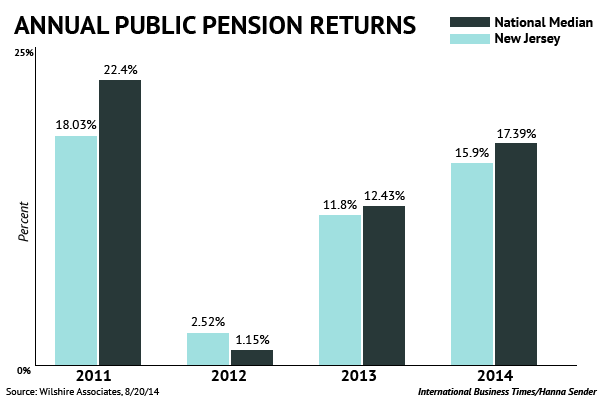The California city Villa Park could vote today to remove itself from the California Public Employees Retirement System (CalPERS).
The decision comes in the face of mounting pension costs and calls for increased transparency in local budgets, which would shine more light on California cities’ unfunded pension liabilities.
First reported by the Voice of OC:
The Villa Park City Council could vote Tuesday to end its contract with the California Public Employees’ Retirement System or CalPERS, the world’s sixth largest pension provider, in an effort to reduce increasing pension costs.
The CalPERS move follows an Orange County Grand Jury report that called for greater budget transparency in Orange County cities.
The report indicates Orange County cities’ unfunded pension liabilities have been increasing on an annual basis since 2007.
There have been increased calls for budget transparency in recent years as cities and towns in the CalPERS system have shouldered more liabilities. A recent report called for all cities to put their budgets online and include CalPERS cost projections in all budgets going forward.
Villa Park has millions in unfunded pension liabilities. From Voice of OC:
For its pension costs, Villa Park, a north OC bedroom community of about 5,000, has a shortfall of about $3.5 million, leaving 17.5 percent of its employee pension costs unfunded, according to the grand jury report.
Gov. Jerry Brown enacted sweeping pension reforms in 2012 aimed at reducing pension payments for most public employees hired after 2013.
But because many public workers were hired before 2013, they are grandfathered into the old system, and reforms likely won’t make a dent for another decade, the grand jury report states.
Villa Park could vote on leaving CalPERS as early as 6:30 pm (Pacific Time) Tuesday. The city wouldn’t be the first to leave CalPERS; Canyon Lake, a city of 11,000, left the system in 2013 due to increasing employee contributions.











